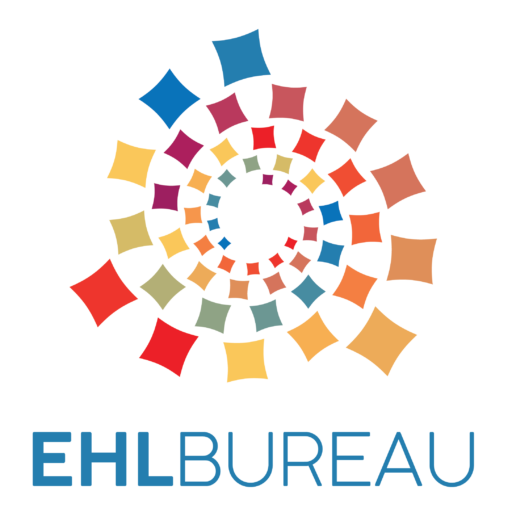This website uses cookies so that we can provide you with the best user experience possible. Cookie information is stored in your browser and performs functions such as recognising you when you return to our website and helping our team to understand which sections of the website you find most interesting and useful.
Archive of the Crown of Aragon
The EHL Site
The Archive of the Crown of Aragon has evolved significantly since its inception. The 18th century marked its transformation into a general historical archive, open to research. The pivotal figure of this period, Pròsper de Bofarull i Mascaró, appointed archivist in 1814, played a vital role in this transformation.
Bofarull, a meticulous archivist, interacted with intellectuals of his era and authored numerous inventories. His tenure was instrumental in evolving Archive of the Crown of Aragon into an international research center. He established various collections, recovered archives of vanished institutions, and saved invaluable archives and libraries from monasteries disentailed in 1835.
In the last two centuries, the Archive of the Crown of Aragon holdings have expanded immensely. Noteworthy additions include the registers of Philip IV and Charles II, transferred from the Archive of Simancas in 1852, and the Archive of the Royal Patrimony, added in 1936. The 20th century saw the incorporation of several other archives from institutions and noble families.
To ensure optimal conservation conditions, new premises were opened on Almogàvers St. in 1993. The Archive of the Crown of Aragon now attracts over five hundred researchers annually from across the globe. A significant digitization effort has made over four million images of documents freely accessible online. The Archive of the Crown of Aragon also offers guided tours and conducts restoration work on damaged documents.
Renovated in 2007, the old Palace of the Viceroy, the Archive’s headquarters, welcomes a million visitors annually. Visitors can admire this fine building, learn about the Archive’s history through a permanent exhibition, and enjoy temporary exhibitions on various historical topics. The Archive of the Crown of Aragon also hosts conferences, seminars, and other cultural activities.
European dimension
The Crown of Aragon, of which this archive is the result and reflection, was born from the southwestern territories of the Carolingian Empire, known as Marca Hispanica. In the following centuries it incorporated diverse territories and jurisdictions. He expanded European feudalism in the Iberian Peninsula, attracting contingents of the continent’s population. It also developed an important maritime, territorial and commercial expansion. The configuration of the Crown was based on the aggregation of territories, rather than on assimilation or unification. It took the form of a confederation of states, independent of each other, but with common leadership and interdependencies at all levels. At different times in its history, territories currently located in five different European countries (Spain, France, Italy, Malta and Greece) were part of the Crown of Aragon and the Archive preserves important historical documentation of all of them. In addition, the kings of Aragon maintained intense diplomatic and commercial relations with all European and North African countries, so its documentary collections are an essential historical source for all of them, especially with regard to the medieval period.
Since the 19th century the Archive of the Crown of Aragon has become a cultural institution. The documentary sources of the Archives of The Crown of Aragon are relevant to the history of Europe, particularly for those lands that at one time belonged to the former Crown of Aragon: southern France, Corsica, Sardinia, Naples, Sicily, Malta and even the Duchy of Athens in Greece. They are also a rich documentary resource for today’s autonomous regions of Aragon, Catalonia, Valencia and the Balearic Islands. Due to the antiquity, continuity, and importance of its collections, it attracts researchers from all over the world.
The recognitions
Three documents from the Archives of the Crown of Aragon are included in the UNESCO’s Memory of the World Register: the Capitulations of Santa Fe signed between the Catholic Monarchs and Christopher Columbus, a fragment of a manuscript of the ‘Commentary on the Apocalypse’ by Beatus of Liébana, and the Codex Calixtinus.
The European Commission awarded the European Heritage Label to the Archives of the Crown of Aragon in 2015, although the Archives had been recgonised as European heritage by the former intergovernmental initiative since its foundation in 2007.
The organization
The Archives of the Crown of Aragon is a public institution integrated into the Spanish State Archives Network through the Ministry of Culture and Sports of the Government of Spain.
Due to its interregional character, which affects four autonomous regions of Spain, Royal Decree nº 12678/2006, of November 8, 2006, created the Trust of the Archive of the Crown of Aragon. The State and the Autonomous Regions of Aragon, Catalonia, Valencia and the Balearic Islands are represented in it.
The Archive’s mission is to preserve, protect and transmit the documentary heritage. Access to the consultation is free for all citizens. In recent decades, significant efforts have been made to digitize and make documents available to researchers via the internet.
The Archive also organizes free guided tours and thematic classes at both premises. The Palace of the Viceroy houses permanent and temporary exhibitions to disseminate its documentary collections.
